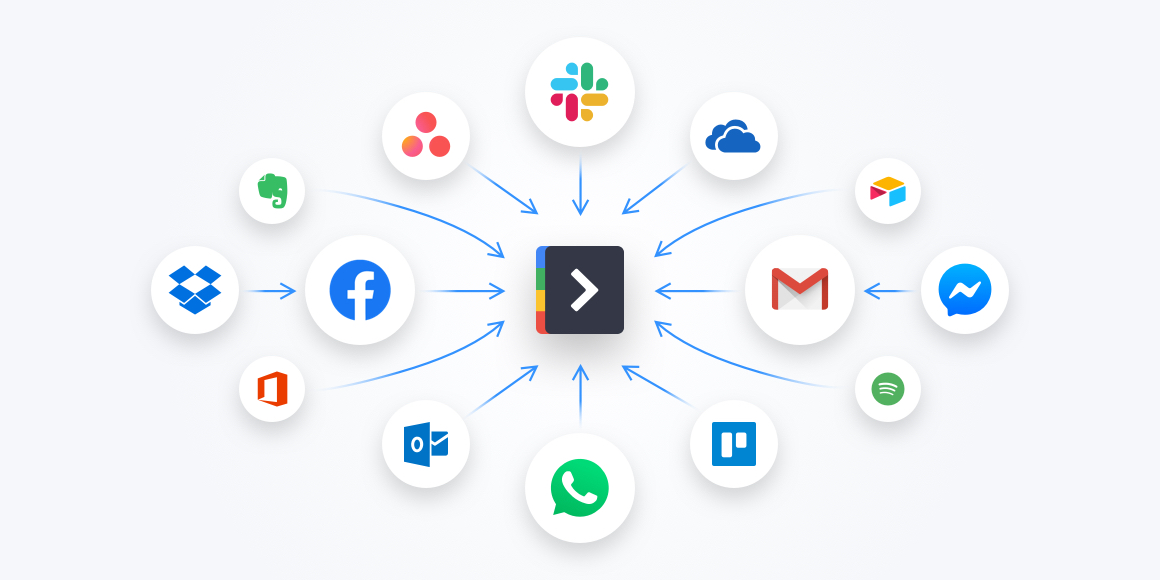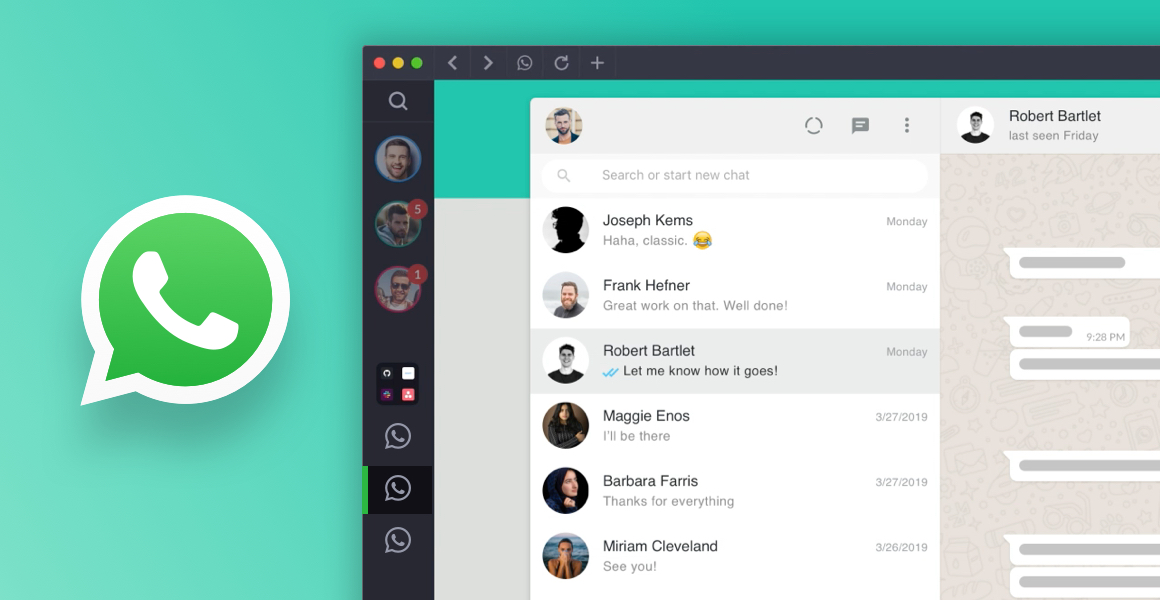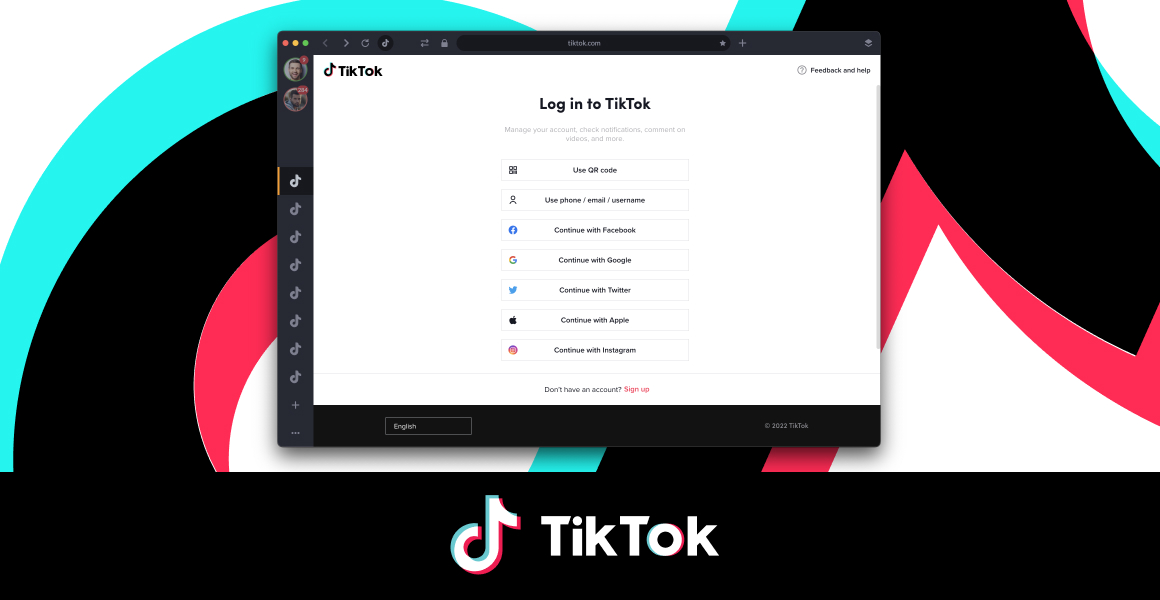The nineties and early two-thousand years were unprecedented when it comes to the growth of technology. The pace and scope of technological change happening had rarely been seen before, and it seemed like everyone wanted to be a part of this new world. Now, the internet is part of our daily lives and many people - even adults - cannot recall a time without the convenience of the internet. All of that change brought about a new technology landscape that has perpetually evolved.
However, most experts agree that the rapid pace of technological innovation has somewhat slowed. Following the early 2000’s, it seemed that technology innovation lost some momentum and most internet efforts were focused around consolidation or improvement. A lot of the internet actually looks much the same as it did a decade ago. In that spirit, we thought it would be fun to take a look at the internet apps that shaped their generation. Which ones were the most popular - and the most critical to our culture? Keep reading to get our take on the internet apps that defined their decade.
A Brief History of App Culture
Prior to the early 2000 years, apps were virtually unheard of. We were excited enough just to have the internet! The era of the 90’s into the early 2000’s was an extraordinary time for technology innovation and the web in particular. This technology boom led to a huge economic boost for a whole segment of the population as well as a comprehensive restructuring of the communication systems we all rely on. The changes generated during this period completely changed the way most people work, live, and communicate.
By 1998 any lingering doubts about the potential success of the internet was gone. The web had grown far beyond just an initial experiment and the general consensus was that any product or service who did not incorporate the internet would soon be left behind. It’s hard to believe now, but in the early internet days, the phenomenon was often looked at by traditional telecommunications enterprises as a passing fad or a nuisance - nothing to really be taken seriously. Now companies were forced to admit if they had (wrongly) ignored the growth of the internet. This led to a major level of activity as everyone scrambled to get in on the revolution. By the year 2000, the web had done its job and permeated most households.
However, we all know that’s far from the end of the story. This technology boom continued although the internet of the time was heavily dependent on dial-up modems. However, modems were notoriously problematic - difficult for consumers to use, unreliable, and of course slow. Most people of today would never tolerate the web speeds that we had in these earlier years. Because of this, most internet experiences were tailored to a rapid download to ensure a less frustrating experience. It was only a matter of time before someone figured out wireless internet, which significantly improved the online experience. The innovations made in wireless connections were crucial to the smart-phone technology that we have today.
Then in 2007, Apple released the iPhone and it changed everything. The device was revolutionary and its entry into everyday life is one of the defining activities of the decade. After this, the public internet was transformed into more of a platform of apps on mobile devices. In past years we have seen the web revolutionize wireless-based infrastructure and a rich set of services - all at speeds completely unprecedented. Then, of course, came social media and today’s reliance on apps for almost everything. In the meantime, the web continued to decimate the traditional newspaper and broadcast television sectors. Social media has basically replaced previous social practices like phone calls and letter-writing. Most internet devices have been revisited to support common cloud-hosted content. We’ve continued to see fundamental changes that impact each of us in ways big and small.
Related Article: How to Get All Your Apps in One Place
Internet Apps vs. Mobile Apps
Before going too much further, it’s worth pointing out that there is a difference between a web-based app and many that you find on your mobile device. Though they often perform and look the same, they have different functionality that it’s helpful to be aware of.
The terms native and mobile apps are often used interchangeably, though they don’t technically mean the exact same thing. Mobile applications refer to any application that can be used on a mobile device. This can include a mobile app or a web app. Native apps are smartphone applications that are coded with specific development tools and in a specific programming language, such as Swift or Objective-C. Typically these are developed for a particular system like Android or iOS. These apps can be installed directly on a device, and users download them from platforms like the Apple App Store or Google Pay Store.
Web apps are designed to run on a browser and be accessible on whatever device a user chooses. They work equally well on a desktop or a mobile browser. Think of an internet app as a website that’s designed to work in a fluid manner, and is suitable for being viewed in a mobile context. Unlike mobile apps, internet apps don’t need to be downloaded onto a device. They can be accessed using a browser, and many people place shortcuts on their desktop to integrate these apps into their daily work. With today’s modern development, internet apps can work as well as native apps. Most are designed to be responsive to mobile activity as well as desktop so the user should have a seamless experience no matter how they access the app.
Related Article: Are All Your Apps Actually Killing Your Productivity?
The Most Downloaded Apps
According to data compiled by Microsoft, 10 of the most popular desktop apps are the following:
- Telegram Desktop
- Netflix
- Spotify
- Prime Video for Windows
- Windows Notepad
- iTunes
- ClipChamp Video Editor
- Python 3.10
If you read our last post on messaging apps, you aren’t surprised to see WhatsApp as the top web app. WhatsApp tops the list of messaging apps used in the world today, and is one of the most downloaded apps of all time.
Related Article: How to Manage Multiple WhatsApp Accounts
However, remember this list is based on web apps. If you’re curious about the native apps that are downloaded to devices most (globally), here’s a list according to Forbes:
- TikTok
- CapCut
- Snapchat
- Telegram
- Subway Surfers
- Stumble Guys
- Spotify
Understanding which apps are popular is a good way of comprehending what’s going on in the world. For example, last year in 2022, Facebook dropped in ranking by more than 25%, while TikTok continued to surge ahead. TikTok changed the face of video content forever and changed the way marketing will be done from here on out. On that note, CapCut, which was a previously obscure video editing software, is now one of the 4 most downloaded apps in the world. We also saw games crack the top 10 for the first time in years, which signals people spending more time on their mobile phones for entertainment. And while we mentioned a drop in downloads for Facebook, their parent company Meta is still doing well because they own WhatsApp, which continues to grow globally. As you can see, app activity is a powerful indicator of larger trends happening in society.
Related Article: How to Manage Multiple TikTok Accounts
The Most Popular Web Apps of Each Decade
Apps come and go all the time. Chances are you used to use an app that you’ve now forgotten about. Often, if an app is doing well it gets acquired by a larger company. Other times, an app is integrated into a different service or simply runs out of money for operations. Behavior changes and as downloads dwindle it becomes difficult to compete. As the internet landscape continues to change, we will see new apps develop. Let’s take a look at where we’ve been. What have been the most popular web apps of each decade?
1990’s
Apps looked a lot different back then, and in fact the first app ever created was the first web browser (the WorldWideWeb browser). The nineties also gave rise to search engines, web-based email, chat rooms, and even a few browser-based games. However, it took considerable effort to make web apps work well on different operating systems. The concept of “app development” was just beginning and there was a lot to learn; everything was pretty basic at this point. In 1995 Netscape Communications presented JavaScript, which enabled programmers to improve the user interface with the dynamic elements. This was the origin of the app landscape we see today. In 1996, Macromedia Flash was created. This made the web “brighter” and more interactive and encouraged multimedia software platforms. Finally, in 1999, the concept of web application appeared in Java language and the apps we use today began to take shape. One of the names you hear a lot from this time is “Napster” which was the original music sharing site. It was popular for storing music on your desktop. However, on a general level, the most important web app was the original: the world wide web.
2000’s
MySpace, LiveJournal, Xanga, Kazaa (a peer-to-peer file sharing network for music). Rhapsody (another music app), and several other web apps came onto the scene in the early part of this century. In 2005 Ajax was discovered and made it possible for users to work on the Web faster and better. Web apps were able to send data to the server and retrieve from it without interfering with the work on the particular page. Gmail and Google Maps adopted this technology in 2005 and still use it today. Some of the most popular web apps were Digg, Flickr, Writely, and CalendarHub. According to a post published at the end of 2005, the most used apps were Mozilla Firefox, iTunes, Flickr, and Wikipedia.
2010's
HTML5 was introduced around 2014 and made several more modern apps possible. RSS feeds were really popular as a way to get curated news. Before other sites like Facebook aggregated content for people, they could set up an RSS feed to stay up to date on their interests. One such app that was really popular was Zite. Pulse was a news reader app that had a viral following and was eventually acquired by LinkedIn. Google Reader, Sparrow (an email app), Karma (a shopping app), Twitpic (which supported picture sharing on Twitter), and Vine (a short video sharing app) were all introduced in this era and have since gone by the wayside. That being said, it’s probably no surprise that around the middle of the decade, Facebook was the most used web app. In a post from 2015 with research compiled from Nielsen, the most popular web apps were YouTube, Google Play, Google Maps, and of course Facebook.
2020's and beyond
There are a lot of trends emerging in the app development world. Blockchain technology, Internet of Things (IoT), voice search optimization, push notifications, data security, cybersecurity, virtual reality, and many other exciting things are driving transformation in apps. These days the most popular internet apps are Gmail, Google Drive, Microsoft Office 365, Facebook, and Netflix.
Related Article: The Most Popular Instant Messengers of Their Decade (80’s - 2020’s)
Making the Most of Web Apps
All of these apps can have the opposite of their desired effect - making things complicated or cumbersome. Particularly in today’s cybersecurity environment, it’s important to have secure logins for all the apps you use. That means constant logging in and out and having a lot to keep track of.
Related Article: How to Avoid Notification Overload
Fortunately, there is a desktop application that can help with all of that. You might be thinking that the last thing that will make things easier is adding another app, but Shift is a powerful tool that users leverage to streamline their apps and be more productive. Shift was designed for anyone who performs a lot of their work online, especially for those who manage multiple emails and web apps. It's a desktop application that is used to connect multiple emails and web apps in a single, easy-to-use platform. Whether you're using one email account and one app, 50 email accounts and 50 apps, or any other combination, Shift can make things simpler and faster to use.
Using Shift, you can stay logged into separate emails and web apps simultaneously. If you have multiple accounts or profiles, you can use them in conjunction without the need to log in and out. Considering that many organizations and individuals rely on more than 30 different apps, Shift offers a better way to organize your tools and do what matters most to you. A few of the things that users really love are:
- Mail - Connect all of your Gmail, Outlook, and Office 365 accounts and manage everything from one centralized workstation.
- Apps - WhatsApp, Slack, Messenger—we have everything you need to get it done. Browse our Apps Directory, connect yours, and switch between them easily.
- Search - Save time and find exactly what you're looking for across any of your Mail, Calendar, and Drive accounts.
- Chrome extensions - Enjoy access to Boomerang, Grammarly, LastPass, and many of your other favorite Chrome Extensions.
- Workspaces - Create a Workspace with the exact apps, tabs, and bookmarks you need, then share it with your team to get the job done.
- Account management - Toggle between your most-used accounts, check notifications and streamline your workflow.
There is real value in limiting the amount of web apps that you need to manage, and it’s especially helpful to reduce the logging in and out process. We recommend downloading Shift and using it to manage all of your desktop apps and streamline your browsing experience.





















 Share on Facebook
Share on Facebook Share on Twitter
Share on Twitter







